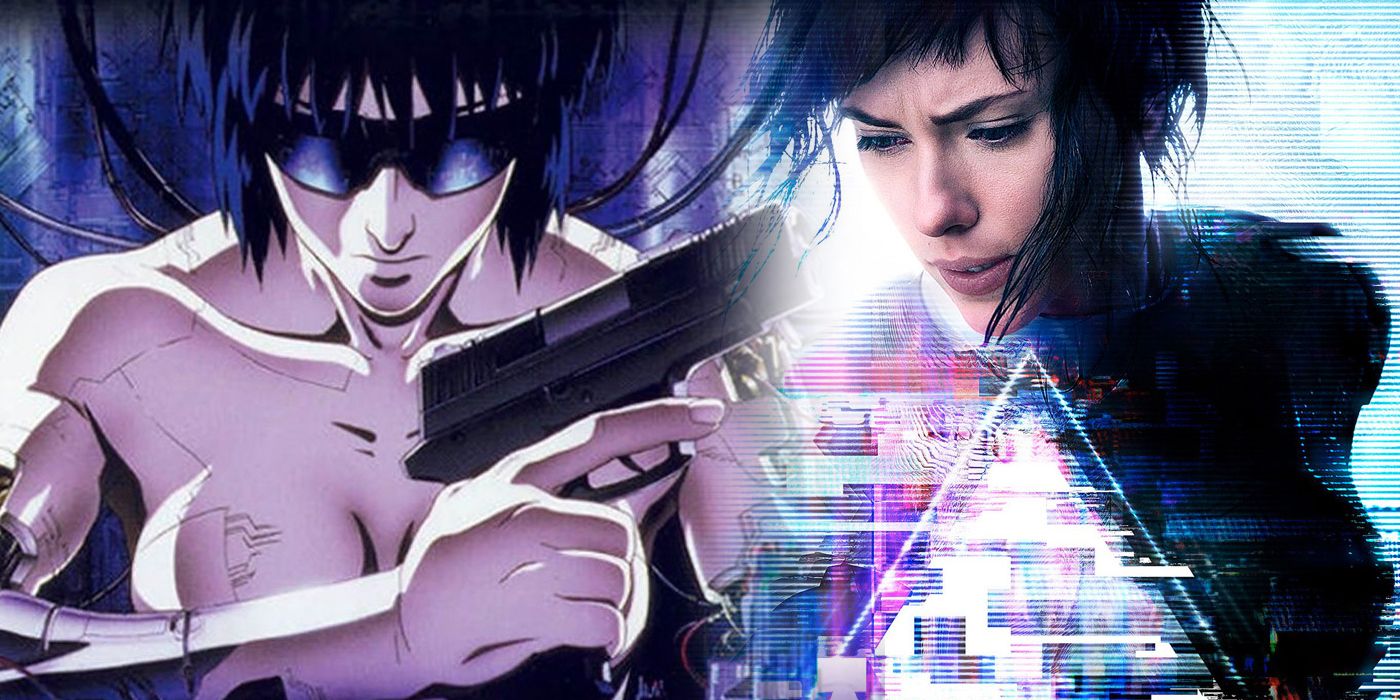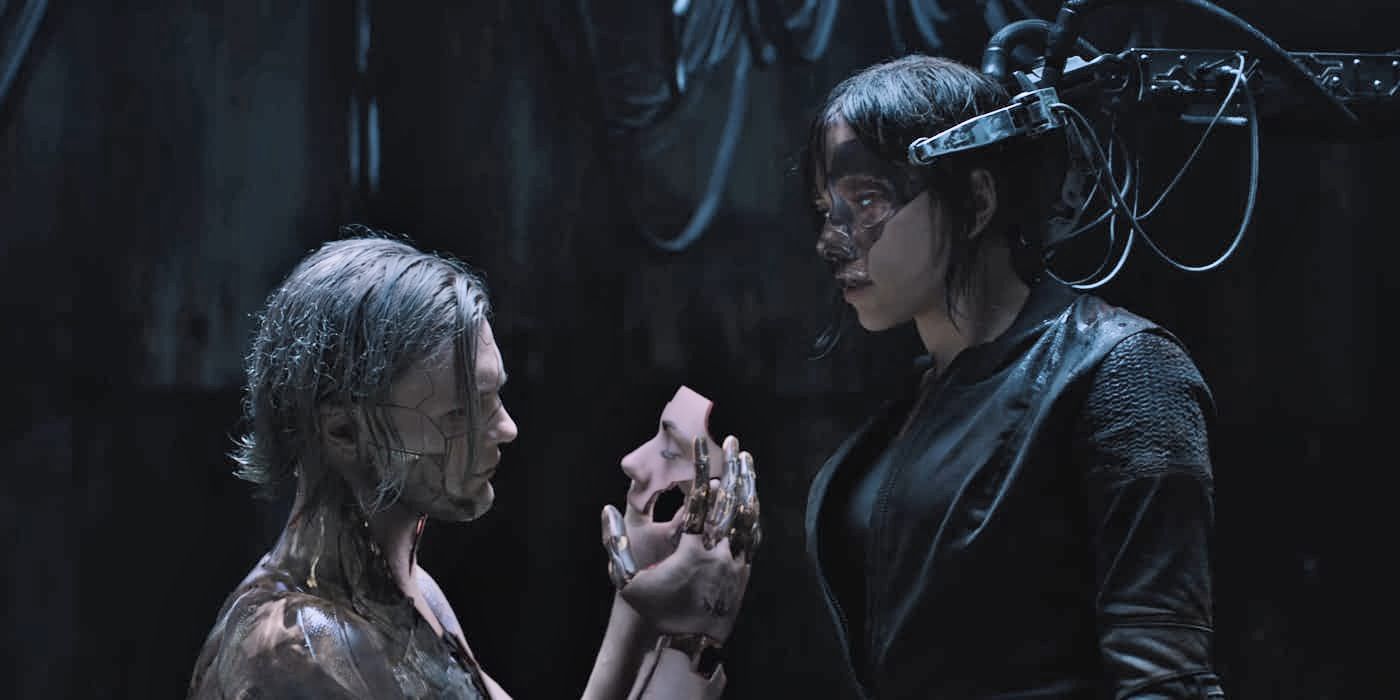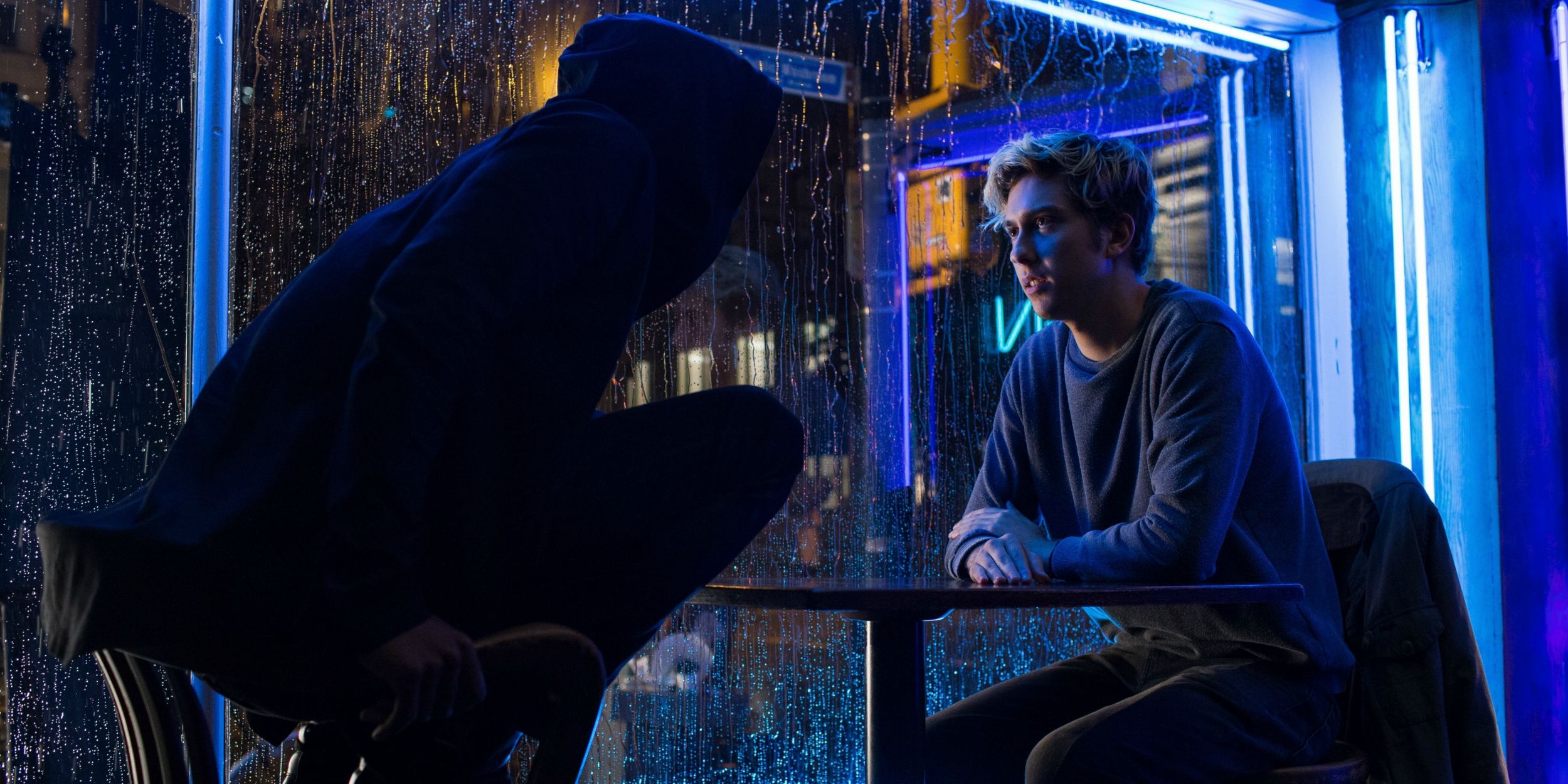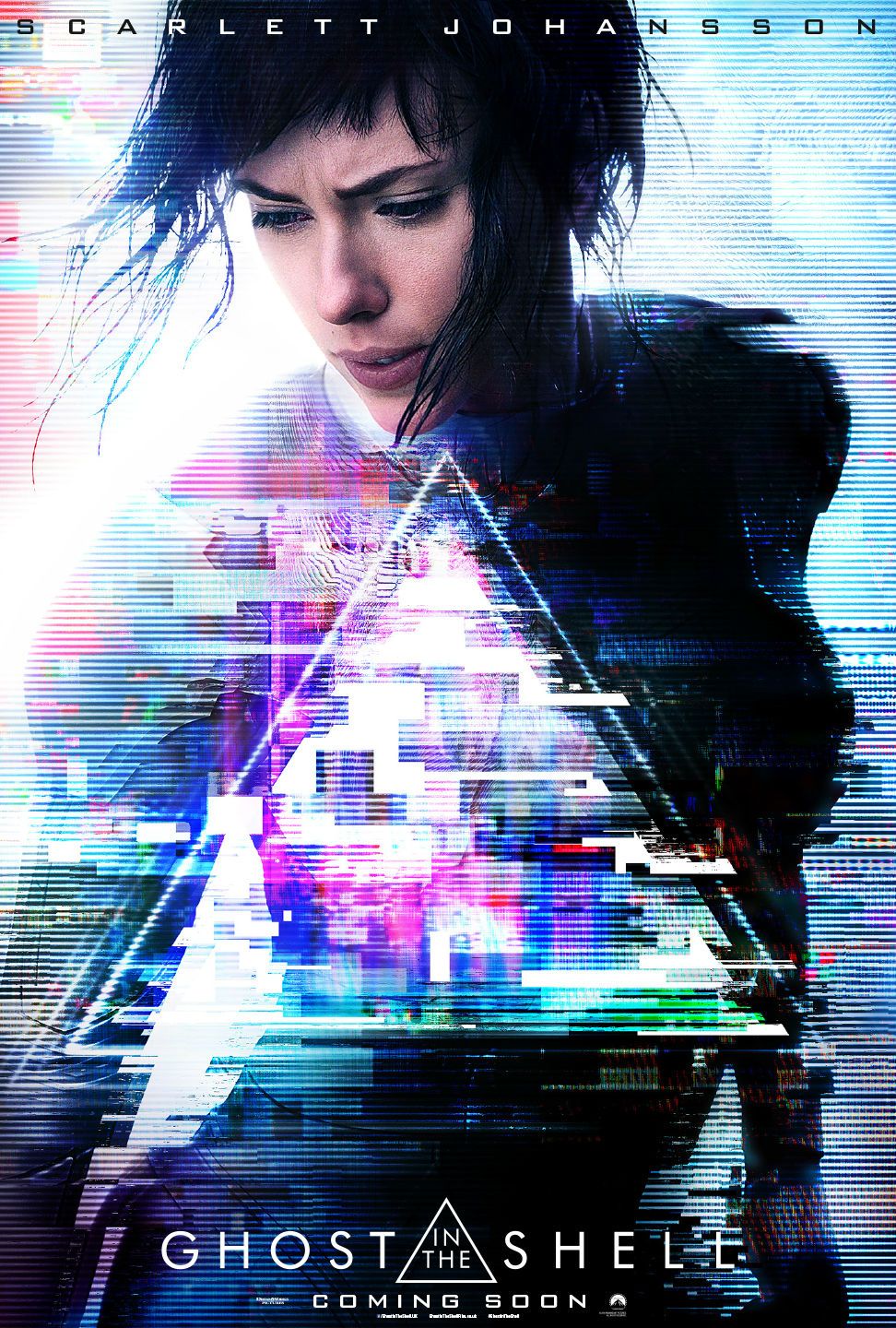There's no getting around it: Ghost In The Shell is a box office bomb, currently on track to lose an estimated $60 million for Paramount Pictures and DreamWorks-Reliance. While occasional bombs such as this are hardly unusual, with the amount of controversy and discussion that's surrounded Ghost in the Shell's production, it's worth dissecting how this happened in further detail - if only to provide some insight into what future live-action anime adaptations of could learn from it.
The biggest elephant in the room back when this film was coming together was the choice of Scarlett Johannson in the lead role, and it's a point of contention that followed the movie right up to release. Fans of the source material were split on her suitability, with many arguing that the use of Johannson was whitewashing - at worst erasing a Japanese character's racial identity, at best wasting an opportunity to elevate an Japanese-American actor. Johannson herself dodged the question with the same brain-in-cyborg-body refrain others used, claiming the movie would answer questions fans have (in other words “pay to see my film and you'll see!”). Unfortunately, the answers that the movie provided didn't go down too well.
The director of the 1995 original, Mamoru Oshii, did speak out in favour of the casting, stating that the Major's identity and body are assumed because she's a cyborg, and that he prefers the idea of this version offering a new perspective. Oshii's comments, as valid as they are, did little to dissuade or alleviate criticisms, mostly because they didn't really engage with the underlying problems needing addressing. Hollywood has representation problems, and it also has a habit of bastardizing source material when adapting foreign works. It has, after all, only been eight years since Dragonball Evolution, and this anime adaptation kicking off with the casting of another very non-Asian actor definitely got Ghost in the Shell off on the wrong foot.
But it's the second part of Oshii's statement that points to the biggest misfire here – the offering of a new perspective, in that there just isn't one. Rupert Sanders' realization of the anime has production design, cinematography and special effects that are among the best likely to be seen in theaters this year. But to use a metaphor already exhausted by critics and online audiences at large, the film itself is hollow within that pristine skin: all shell, no ghost. There's almost none of the candid philosophical musings on life and artificial intelligence that gave the original such depth, very little of its storytelling subtlety and nuance, and most of the characters are under-developed and under-utilized. It's a mediocre science-fiction mystery with a very cool vision of future Japan and some cooler looking robots, most of which has been taken wholesale from the source material.
That's the real problem with Ghost in the Shell - the cynicism. This is a nakedly cynical attempt to cash-in on a foreign property with a built-in audience, working to make the safest picture possible with the least amount of risky material. Distinctive and memorable scenes and images from the original are used as a means to distract from a story that's been gutted of much of what made it interesting, only to be replaced with a bunch of boring tropes. There's a distinct lack of substance and a lack of any sense that the producers involved care.
This extends to the casting of Johannson, which many rightfully pointed out was likely driven by her being one of a pretty limited pool of actresses who has good old-fashioned star power - the ability to draw people into theaters for movies they might not otherwise have seen. Though Johansson's last big action movie, Lucy, demonstrated her value as a box office draw, this strategic casting clearly wasn't enough to save Ghost in the Shell. Moreover, Lucy had a pretty conservative production budget of $40 million, whereas Ghost in the Shell was made for a hefty $110 million - probably too high a price-tag for such a niche franchise.
Essentially, Ghost in the Shell made a lot of the same mistakes as many of the Western anime adaptions that came before it: attempting to Americanize a niche property and make it appeal to a broader audience, and diluting its identity in the process. It's unfortunate this effort was a box office flop, but if there's a silver lining then it's in the lessons that studios can take away from this when adapting anime properties in the future. The fledgling Akira remake, which may be helmed by Get Out director Jordan Peele, will hopefully bring something new to the table and avoid the usual pitfalls. But whatever lessons Ghost in the Shell might have offered may have arrived too late for Netflix's Death Note, whose first teaser trailer didn't exactly set the world on fire.
Perhaps someone other than Johannson would've failed to sell the Ghost in the Shell remake. Perhaps something with a more condensed story with more attention paid to the lofty concepts of our relationship with technology would have alienated audiences more. We'll never know. One thing is for sure – what was made has been widely rejected. If Hollywood intends on making more of these adaptations, they'll need to do better, because audiences are voting with their wallet, and that's not a vote so easily programmed.




